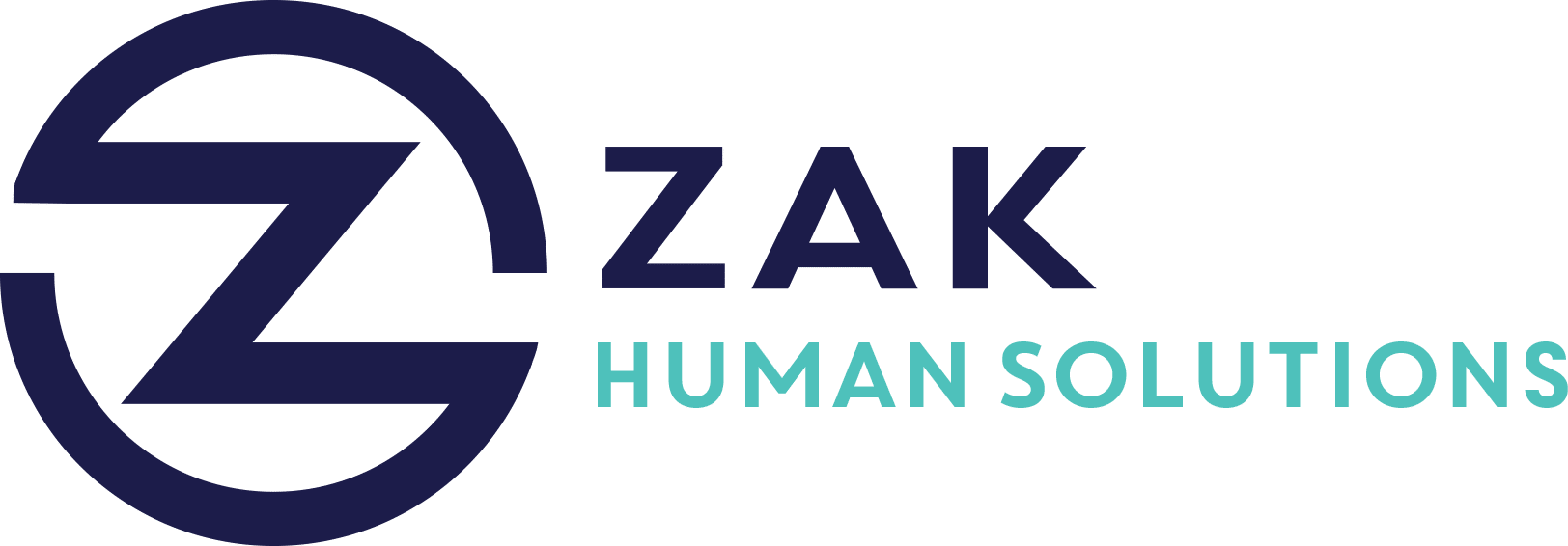In today’s globalized economy, companies are increasingly expanding their reach, necessitating a diverse workforce that spans across various regions and cultures. As exciting as this is, it also presents unique challenges in maintaining a unified organizational culture. Below, we explore strategic approaches HR leaders can adopt to cultivate a cohesive culture across diverse workforces.
Understanding Diverse Cultural Dynamics
Expanding into different markets requires more than just hiring local talent. It involves understanding and integrating cultural nuances into the company’s organizational fabric. Cultural awareness programs, such as CYPHER Olympics, are vital. These initiatives engage employees globally, fostering unity through fun and educational activities that transcend geographical barriers.
Building Foundational Values
- Clarify Core Values: The bedrock of any strong organizational culture lies in its core values. By ensuring these values are clear and adaptive to regional flavors, HR leaders can maintain coherence across different cultures.
- Promote Inclusion and Belonging: A culture that champions inclusion and belonging helps uphold company values and ensures that every team member feels integral to the organization, no matter their background.
Leveraging Technology for Engagement
In the digital age, technology plays a pivotal role in bridging cultural gaps. Regular virtual meetings, online training programs, and digital collaboration tools facilitate engagement and maintain a sense of belonging among globally dispersed teams. Offering both synchronous and asynchronous communication options can cater to varying time zones and cultural preferences, refining the collaborative efforts.
Empowering Leadership and ‘Culture Carriers’
- Encourage Leadership Mobility: Identifying and moving “culture carriers” across different geographies allows for a more consistent cultural dissemination. These individuals exemplify company values and can help translate them within local contexts.
- Model Leadership Behavior: Leaders must exemplify the desired culture, consistently demonstrating behaviors aligned with organizational values to set a standard for all employees.
Crafting Inclusive Policies
Developing inclusive practices within the talent management lifecycle fosters a cohesive work culture. Policies should be well-crafted to respect regional regulations and cultural nuances, ensuring everyone’s unique perspective is valued.
Establishing Clear Goals and Standards
Having clear goals that resonate with every employee worldwide is crucial. By incorporating universal collaboration and ethical standards, companies can build a cohesive organizational identity that reinforces their strategic mission globally.
Glocal Strategies and Continuous Learning
- Adopt a Hybrid Cultural Approach: Balancing global consistency with local flexibility allows cultural tenets to be tailored to fit local contexts, ensuring global alignment without sacrificing local relevance.
- Cultural Immersion and Experiences: HR leaders should actively immerse themselves in different cultures, gaining firsthand understanding to make informed decisions that respect local customs and values.
Enhance Communication and Training
Empowering employees through comprehensive cultural training can significantly enhance cross-cultural understanding. Programs like Global Employee Ambassador Programs foster a two-way communication channel that enhances community and ensures everyone is represented in global initiatives.
A unified organizational culture across diverse workforces is achievable with intentional strategies and a commitment to respect and adapt to local cultural nuances. By providing clear values, leveraging technology, empowering leadership, and crafting inclusive policies, HR leaders can create a thriving and unified global work environment.




